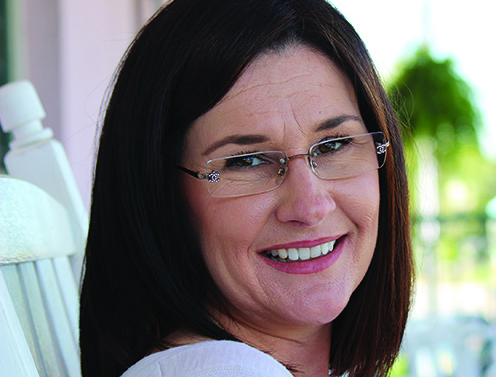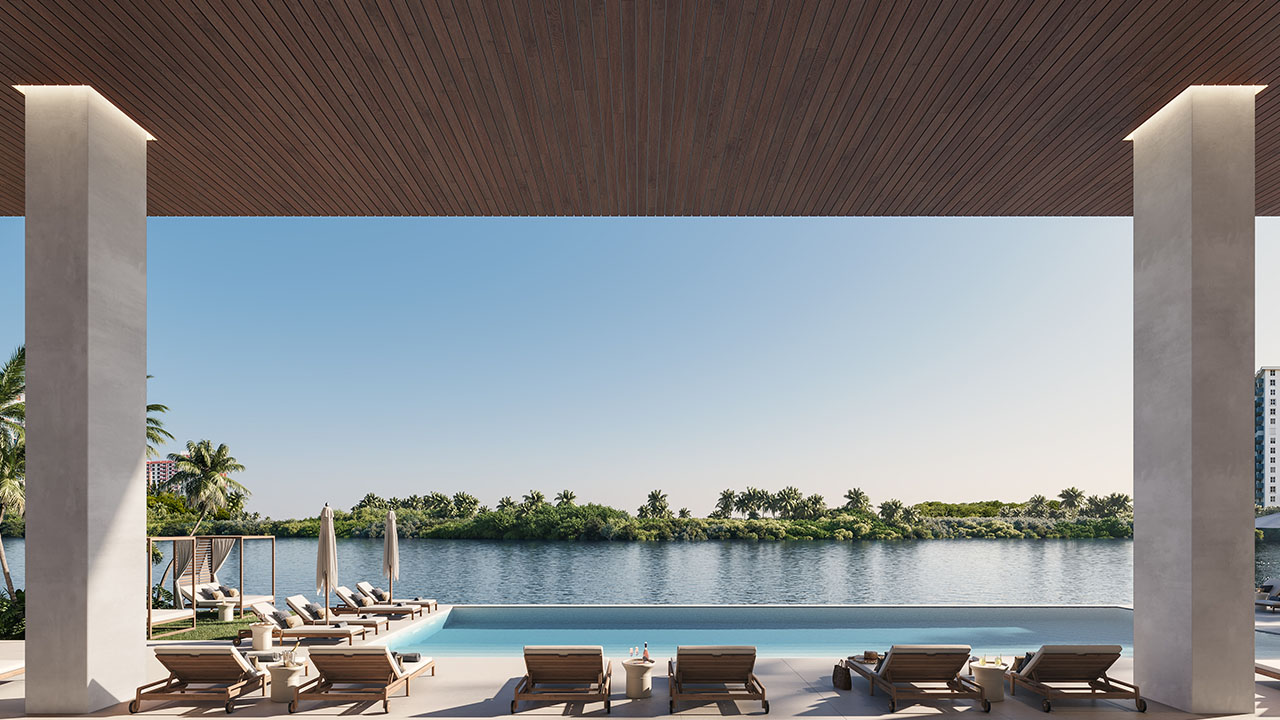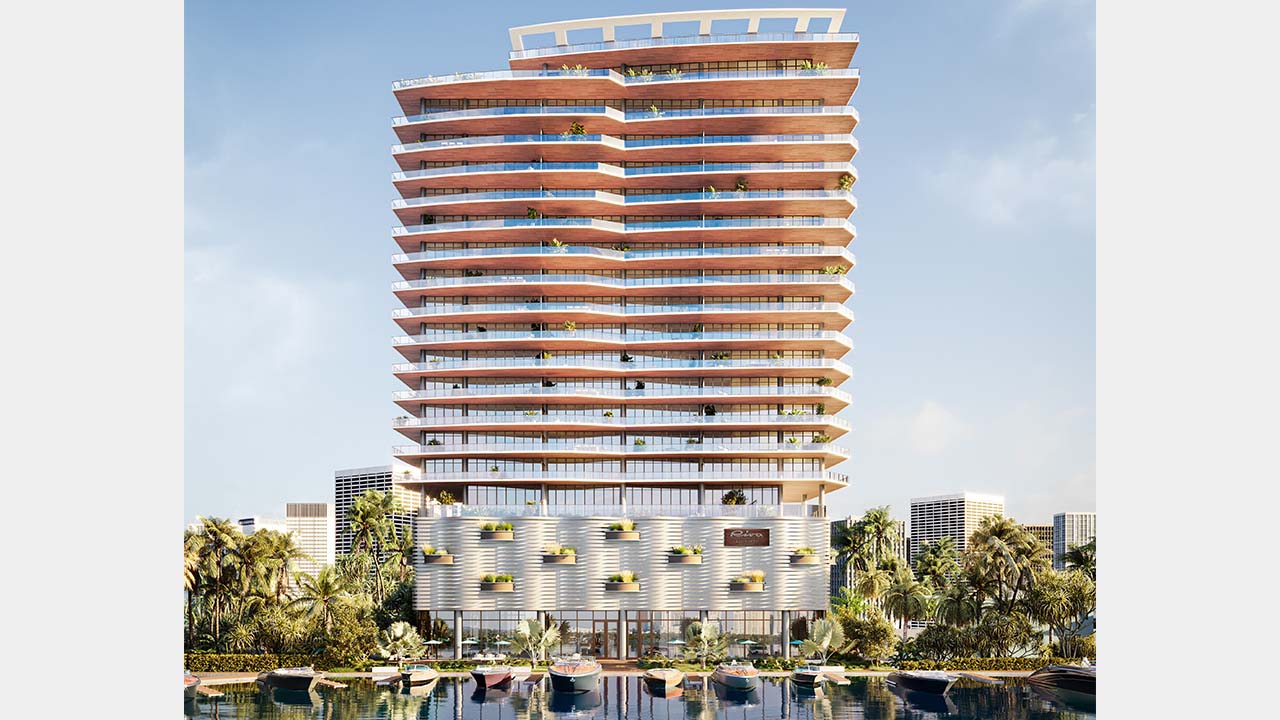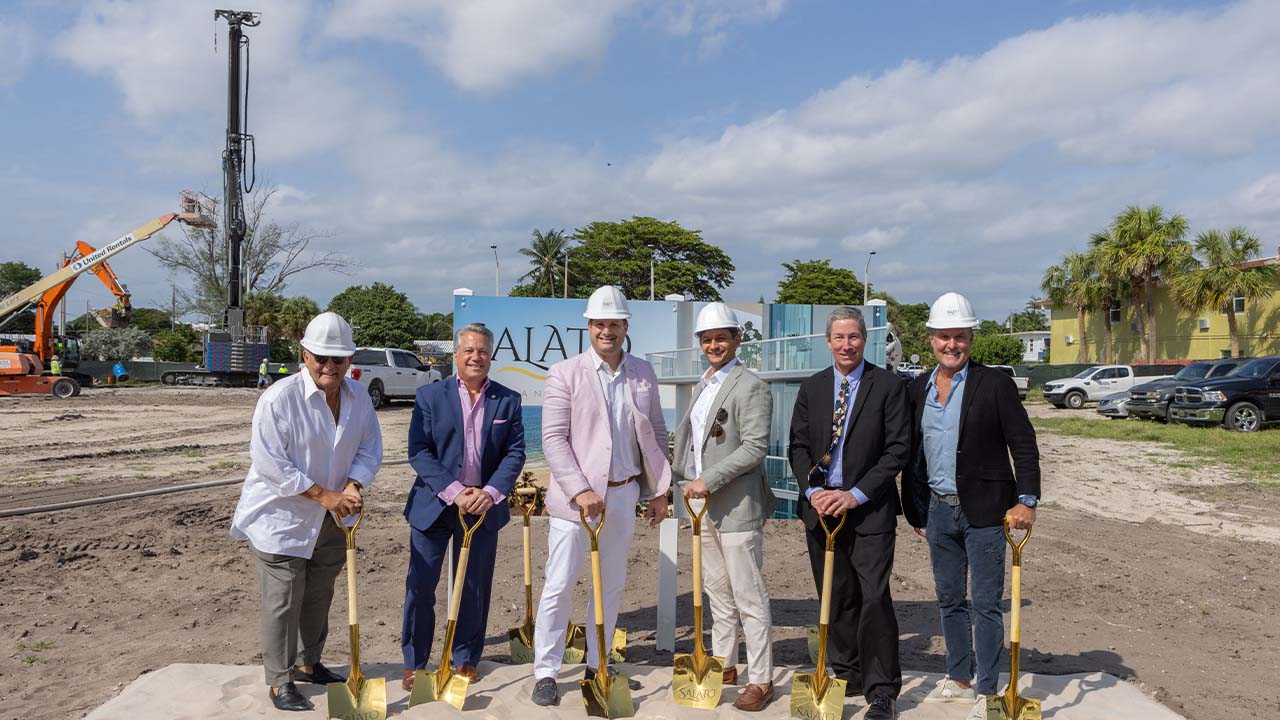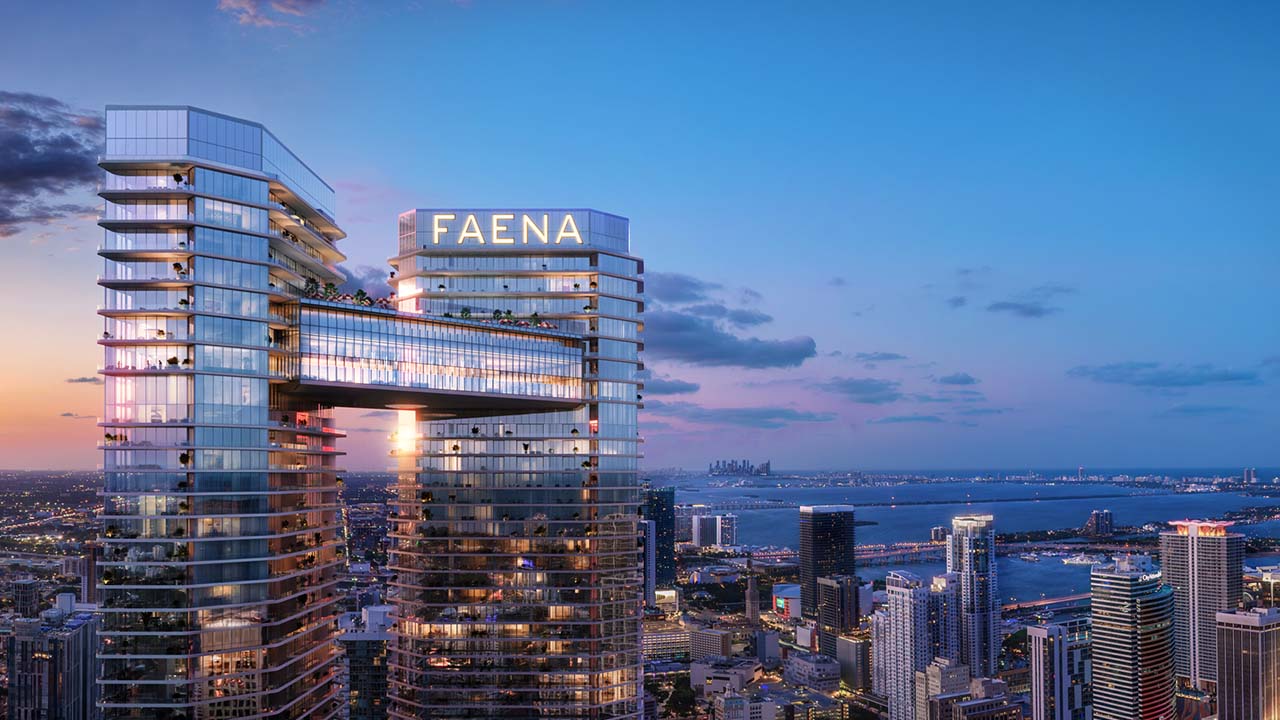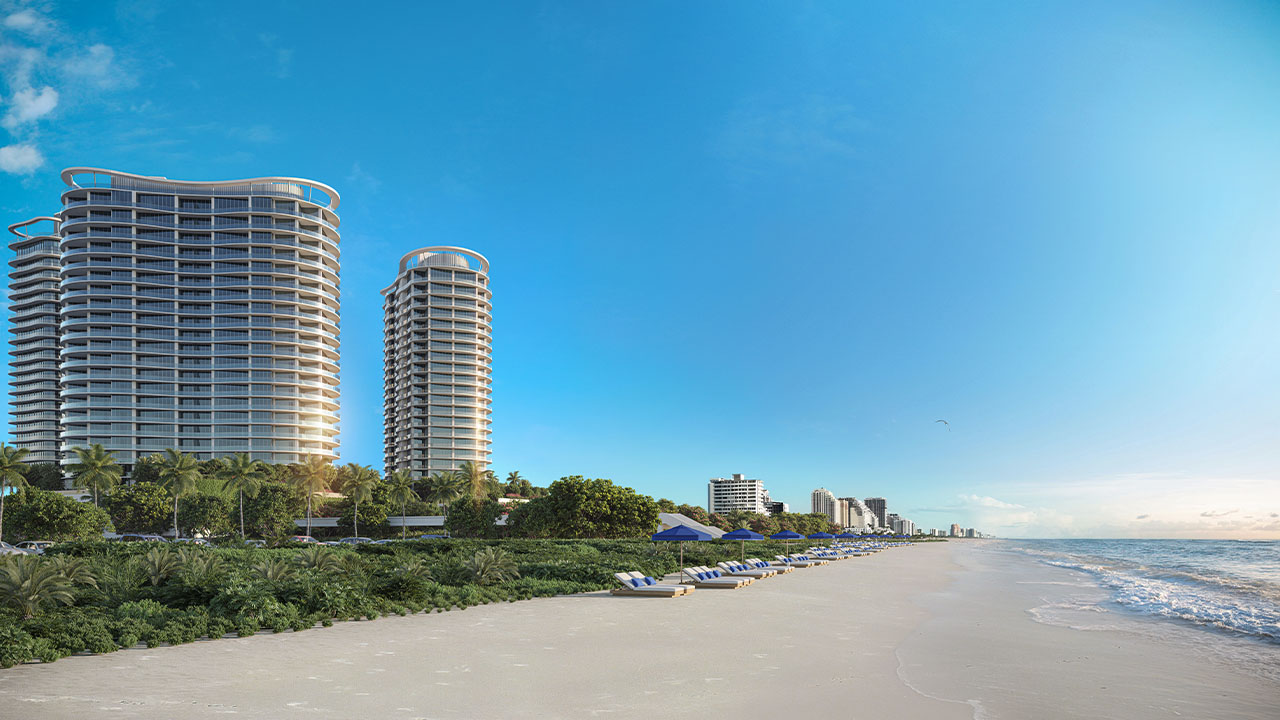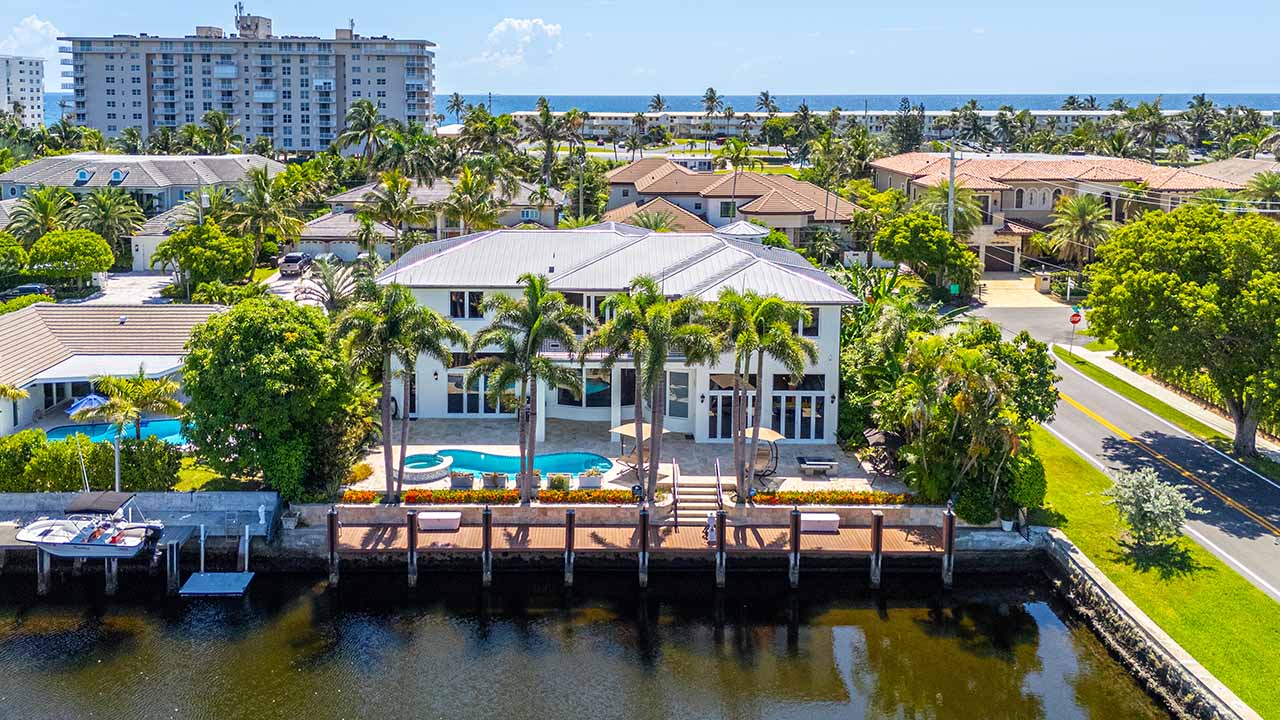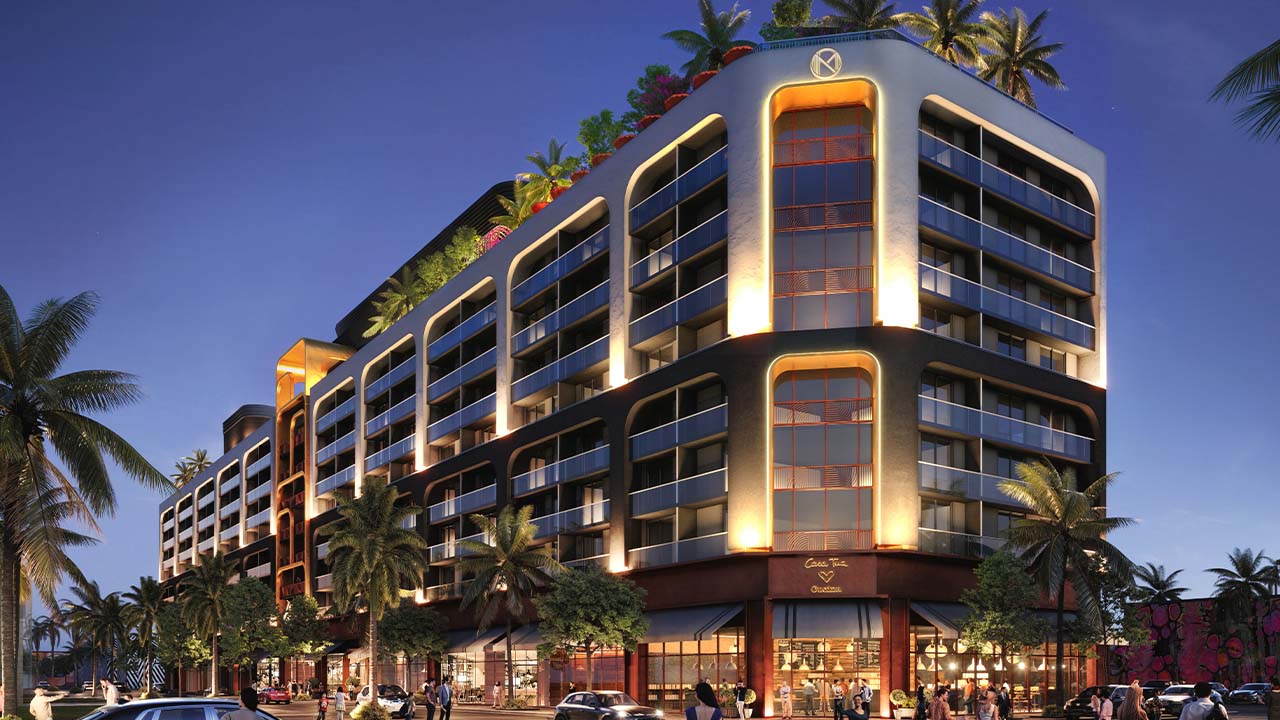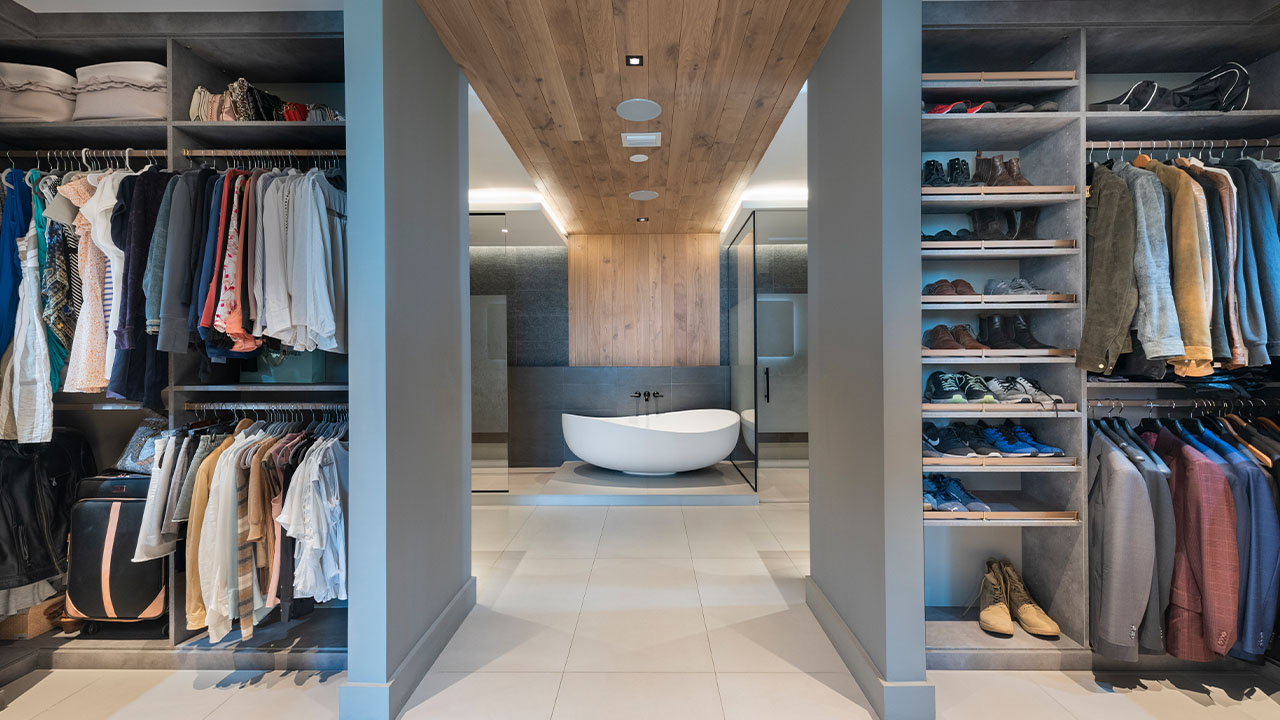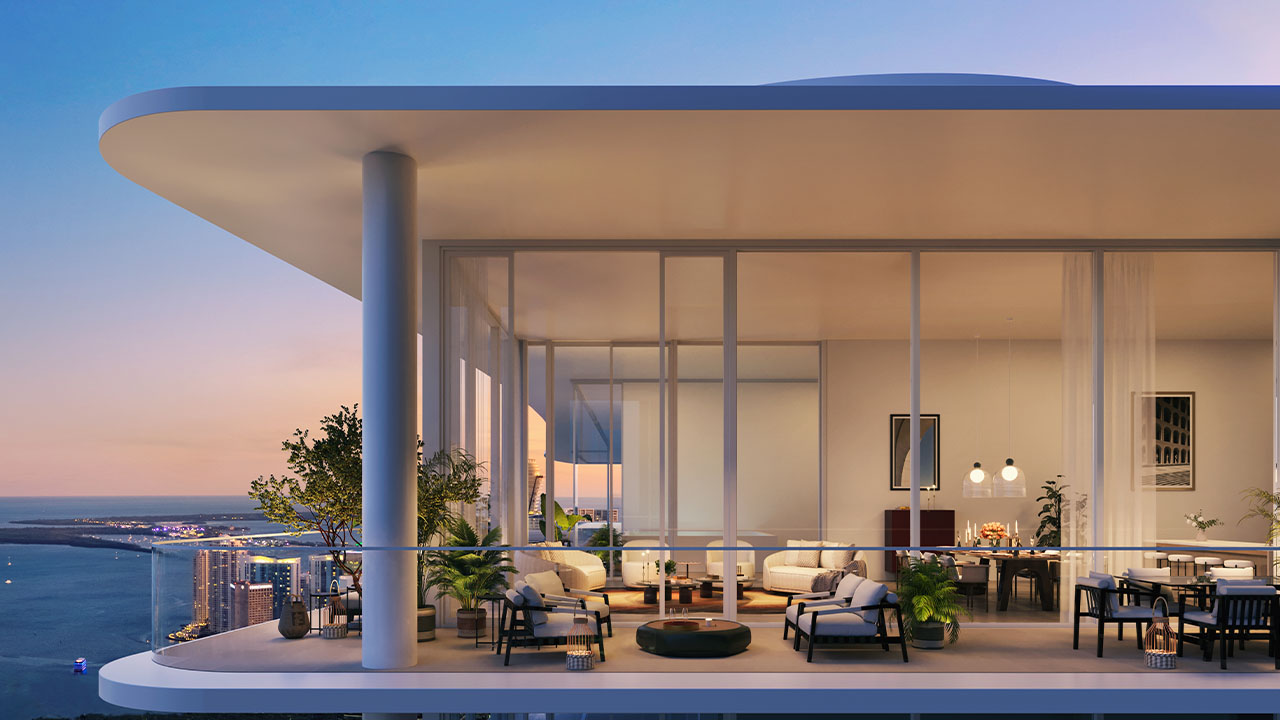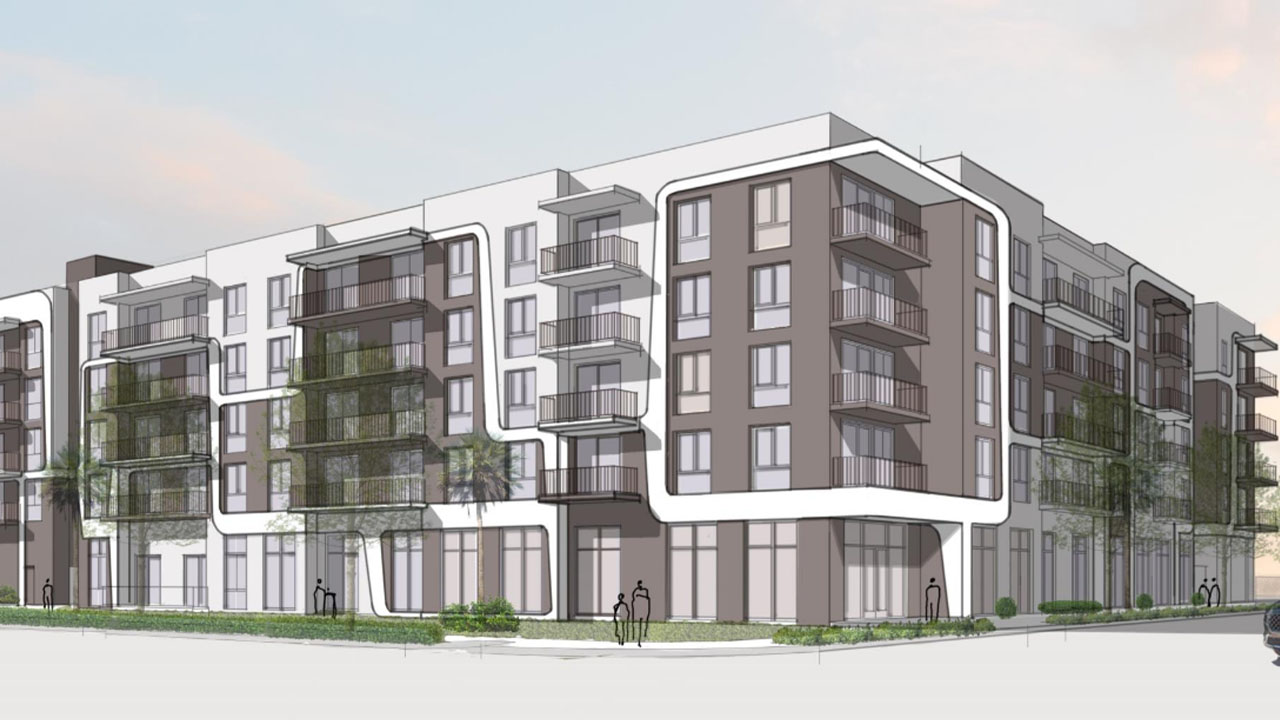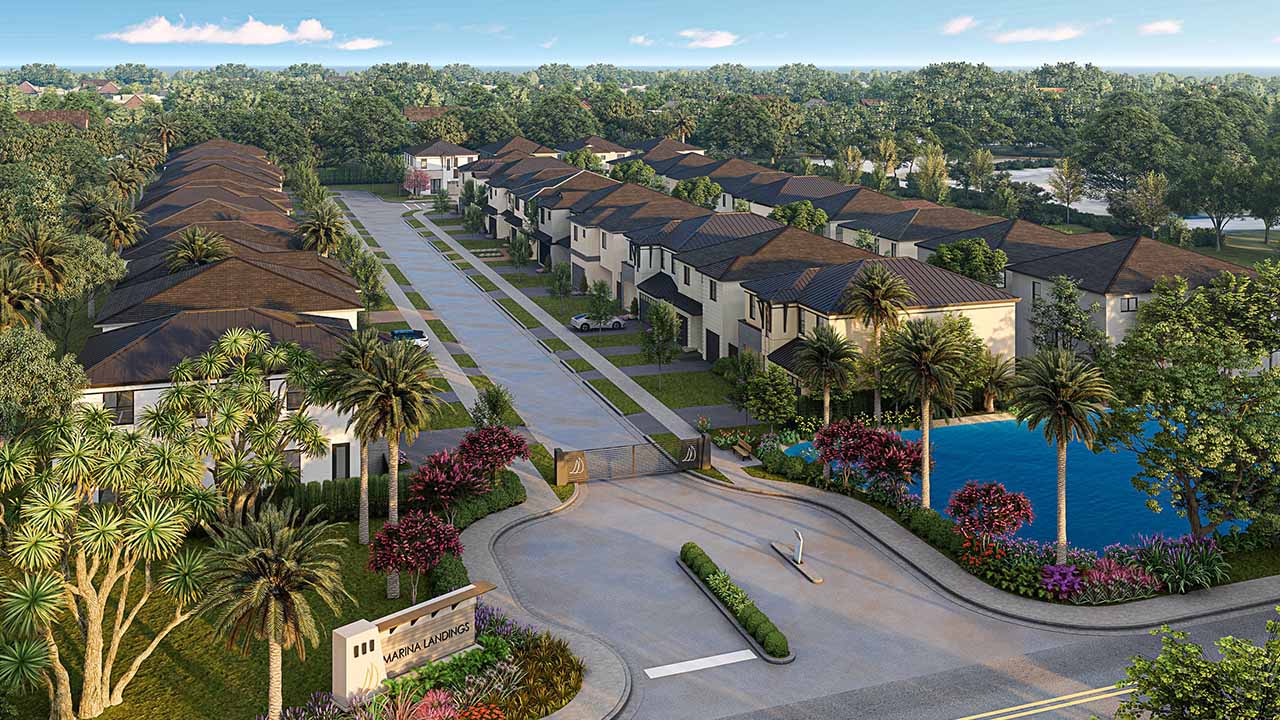By Darcie Lunsford
Less is more for Coco Chanel and her legion of followers, but when it comes to absorption of office and industrial real estate, significantly less can be a sign of something unfashionable happening in the commercial real estate market.
Generally, South Florida’s office and industrial real estate sectors ended the year the same way they began it with a slight slowing of leasing velocity as measured by absorption of inventory, according to newly released year-end data from CBRE.
While still solidly in positive territory, the net sum of space companies vacated, compared to what they occupied, fell modestly year-over-year, except for Palm Beach County’s industrial market, where absorption tumbled by half. Companies occupied 730,267 square feet more than they vacated last year, compared to the 1.4 million they soaked up in 2015.
“The market is extremely active. The only reason you saw a drop in absorption is there is a lack of spaces for companies to go,” says Robert Smith, a veteran industrial broker in Palm Beach County for CBRE. “It’s a product problem.”
Indeed, Palm Beach County ended the year with a tight 3.9 percent vacancy rate despite delivering 470,000 square feet of new warehouse and distribution facilities in the fourth quarter.
Developers have ramped up construction with more than 350,000 square feet of new industrial buildings underway as of the fourth quarter, but Smith says much of that is already leased. Fourth-quarter rents rose 7 percent, compared to the previous year.
Broward County’s drop in absorption was much less dramatic with 1.48 million square feet of positive industrial absorption in 2016 compared to 1.53 million in 2015.
The county delivered about a half-million square feet of new warehouse and distribution centers in 2016 with an additional 600,000 square feet under construction at the end of the fourth quarter, data shows. New supply was not able to dislodge strengthening fundamentals.
Rents jumped 15 percent year-over-year, and vacancy fell 110 basis points to 5 percent.
Broward County’s office sector was the only market to buck the absorption trend.
An acceleration of leasing activity in Broward drove up year-over-year absorption by 91,000 square feet, with 855,072 more square feet occupied than vacated. This drove down vacancy by nearly 3 percent, to 12.5 percent, and rents up 15 percent, outpacing both Palm Beach and Miami-Dade counties. Palm Beach County’s office market, which has seen no major post-recession office construction, remains the softest in the region with 16.5 percent vacancy.
In Miami-Dade County, whose industrial boom appears to have the stamina of the Energizer Bunny, there was nearly 1.5 million square feet in new industrial construction completions, with 2.88 million square feet still under construction and 3.65 million feet in the development pipeline.
Total annual absorption in 2016 was just under 3 million square feet as opposed to just over 3 million in 2015. Leasing demand kept a steady pace despite the huge wave of new development washing over that market. Vacancy fell 40 basis points to 3 percent.
“South Florida in the fourth quarter further cemented itself among the nation’s most sought-after industrial market, from both tenants and landlords alike. This is evidenced by some of the nation’s lowest vacancy rates and a continued compression of cap rates,” says José Antonio Lobón, senior vice president of CBRE’s Miami-based South Florida Capital Markets Institutional Group.
In Miami’s office sector, new construction remained constrained, concentrated largely in the urban core with 352,783 square feet delivered in 2016. Construction picked up steam, however, with nearly a million square feet of new office buildings coming out of the ground as of the fourth quarter.
Year-over-year absorption of office inventory was 769,576 square feet, compared to just under a million square feet in 2015. Even so, the vacancy rate tumbled 120 basis points to 11.6 percent, and rents rose a solid 9 percent compared to the previous year.
“Major construction projects in 2016 like Brickell City Centre, Brightline and the new Hard Rock stadium are helping to expand Florida’s economy,” says Ken Krasnow, managing director of Colliers International. “This has been a strong year for new development in Florida, as such, construction jobs have increased by 5.3 percent year-over-year.”
Krasnow sees development accelerating.
“South Florida received approximately 6 million square feet in new office, industrial and retail development in 2016 and the pipeline for 2017 looks even stronger,” he says. “We expect to see an increase in industrial and office new construction.”↵
Freelance writer Darcie Lunsford is a former real estate editor of the South Florida Business Journal. She is the senior VP for leasing at Butters Group and is avoiding a conflict of interest in her column by not covering her own deals.



